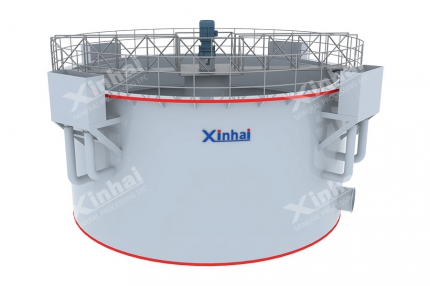A double-impeller leaching agitator tank is an efficient mixing device
designed for cyanide leaching in the extraction of precious metals like gold and
silver. It features upper and lower impellers and is typically equipped with an
axial flow guide, which enhances slurry mixing, improves oxygen utilization, and
accelerates gold leaching—making it essential in modern CIP and CIL
processes.
Compared with traditional agitators, Xinhai’s self-developed double-impeller
leaching tank handles slurries up to -200 mesh and under 45% concentration. It
combines leaching and carbon adsorption and is also suitable for stirring and
leaching in metallurgy, chemicals, and light industries.
In this article, we will explore the core structure and working principle of
Xinhai’s double-impeller agitator tank, analyze its technical advantages in gold
cyanidation, and summarize the types of ores and process conditions it is best
suited for. Read on to gain a comprehensive understanding of this equipment and
discover how it can serve as a professional reference for your project planning
and equipment selection.
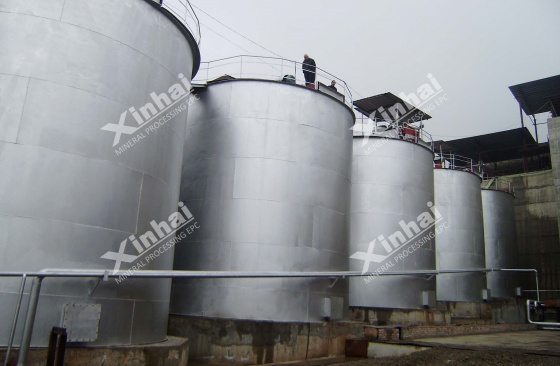
Use the table of contents below to navigate through the guide:
01The Core Structure and Working Principle of the Double-Impeller Leaching
Agitation Tank
The double-impeller leaching tank typically consists of the following
components: tank body, agitation device, baffle plate, transmission device,
shaft sealing system, and other supporting parts.
Tank Body: Made of stainless steel or lined with
corrosion-resistant materials, the tank is cylindrical in shape with either a
conical or flat bottom. Baffles are installed along the inner wall to enhance
the mixing effect.
Agitation Device: It features a dual-impeller system, with
impellers—typically of paddle or turbine design—working in tandem to achieve
efficient material mixing. The impellers are centrally mounted within the tank
and driven by a transmission system.
Baffle Plate: Typically made from stainless steel (e.g.,
304, 316L) or non-metallic materials (e.g., PVC, PTFE), the baffle disrupts the
vortex generated by the impellers. This improves mixing uniformity, reduces
energy loss caused by vortex formation, and helps prevent solid particle
sedimentation.
Transmission Device: Comprising a motor, reducer, and
coupling, this system transmits power and regulates the rotation speed of the
impellers.
Shaft Sealing Device: Uses either packing seals or
mechanical seals to prevent material leakage during operation.
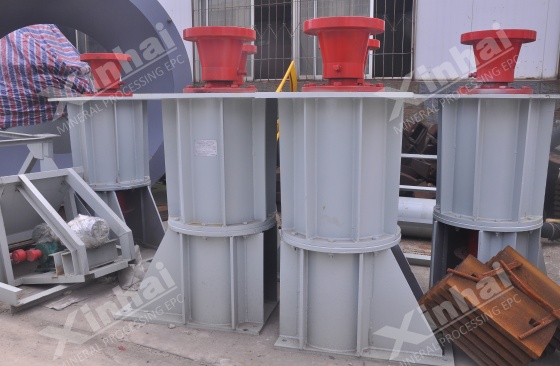
02Technical Advantages of the Double-Impeller Leaching Agitation Tank
– Using Gold Ore Cyanide Leaching as an Example
The cyanide leaching tank plays a crucial role in the gold extraction
process. It provides a stable and controllable reaction environment that
facilitates full contact and reaction between the leaching agent and the ore.
This significantly improves both the leaching efficiency and gold recovery rate,
while also ensuring the economic viability and sustainability of the overall
beneficiation operation.
Below are 4 key technical advantages of the double-impeller agitating
leaching tank in the cyanide leaching process of gold ore:
1. Enhanced Cyanide Leaching And Carbon Adsorption Rates
The dual-impeller design increases slurry circulation paths and ensures
uniform distribution of slurry concentration and fineness. This enables greater
exposure of gold particles to the reaction medium, thereby improving the cyanide
leaching rate and carbon adsorption efficiency.
2. High Oxygen Utilization
Oxygen is introduced into the gold leaching tanks through a hollow shaft at
the bottom. This design extends oxygen residence time in the slurry, ensures
even distribution, and creates fine bubbles, all of which enhance oxygen
utilization during the leaching process.
3. Energy Efficiency And Reduced Wear
The high efficiency agitation tank features a compact structure for easy
maintenance.
The impellers are lined with wear-resistant rubber, extending service
life.
Large-diameter impellers operate at low speeds, reducing power consumption
and minimizing carbon wear—making the system more energy-efficient than
traditional single-impeller designs.
4. Prevention Of Ore Settling And Dead Zones
The wide agitation range ensures more uniform slurry distribution,
effectively preventing ore particles from settling at the bottom or accumulating
in dead zones.
This design is especially well-suited for handling difficult-to-leach ores
such as clay-rich ores and those with high mud content.
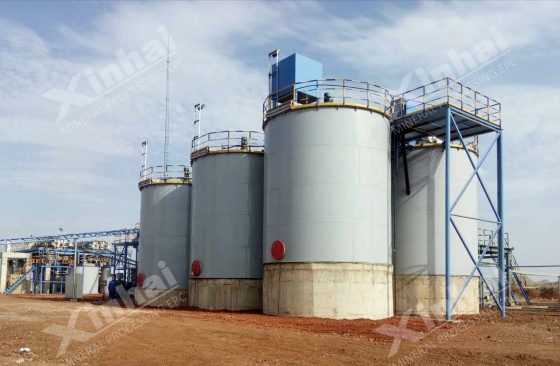
03Applicable Ore Types and Processes for the Leaching Agitation Tank
The Xinhai double-impeller leaching agitation tank is widely used across
various gold ore types due to its excellent mixing performance, high leaching
efficiency, and operational sustainability. It is particularly effective in
handling the following 5 types of complex ores:
1. Oxidized gold ores with high clay content
2. Fine-grained disseminated gold ores
3. Sulfide-encapsulated or arsenic-bearing gold ores
4. Complex ores with heavy metal impurities
5. Ultra-low-grade gold ores
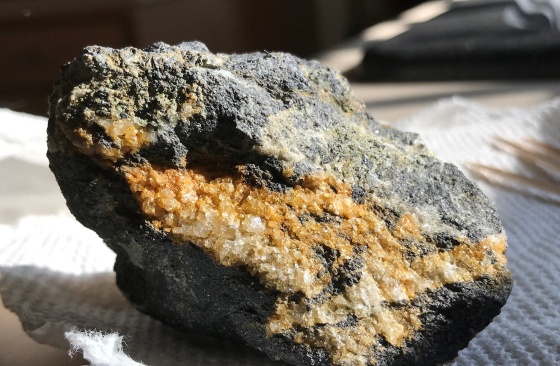
In addition to its broad ore adaptability, the double-impeller leaching
agitation tank is also applicable in a variety of process flows, including:
1. CIL (Carbon-in-Leach) process
2. CIP (Carbon-in-Pulp) process
3. Combined processes involving oxidation pretreatment followed by
cyanidation
4. Pre-treatment leaching stages prior to heap leaching
04Specific Case Studies
1. Sudan 300t/d Gold Ore Beneficiation Project
Project Background:
This project processes gold tailings with fine particle size and a gold grade
of 4.7 g/t. Since the raw ore is already finely ground, no crushing is
required.
Process Flow:
The adopted process includes pre-screening, one-stage closed-circuit grinding
and classification, thickening, cyanide leaching, desorption electrolysis,
smelting, and tailings pressure filtration and dewatering.
Equipment Application:
During the cyanide leaching stage, Xinhai's double-impeller high-efficiency
leaching agitation tank is employed for both leaching and carbon adsorption. The
system also includes Roots blower aeration and sodium cyanide (NaCN) dosing to
ensure thorough mixing and reaction between the slurry, reagents, and air.
Project Results:
The gold leaching rate reached 95.7%, the carbon adsorption rate was 99%, and
the overall gold recovery rate was as high as 91.93%.
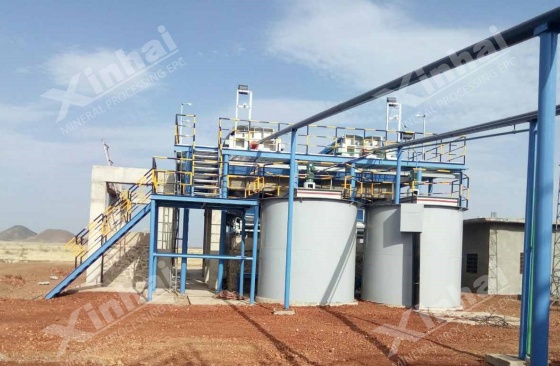
2. Iran 300t/d Gold Ore Beneficiation Project
Project Background:
The ores treated in this project include both oxidized and sulfide gold ores,
with average gold grades of 2.5 g/t and 3.39 g/t, respectively.
Equipment Application:
Xinhai designed a combined process of alkali pretreatment and cyanide
leaching. The double-impeller leaching agitation tank is used for both the
pretreatment and leaching stages, ensuring uniform mixing and improved reaction
efficiency.
Project Achievements:
With the optimized agitation system, the leaching time for oxidized ore was
32 hours and for sulfide ore 24 hours. The final gold ingot purity exceeded
99.5%.
Summary
In conclusion, the double-impeller leaching agitation tank offers outstanding
process efficiency and economic benefits in the gold cyanidation process. By
enhancing gold recovery, lowering cyanide consumption, and promoting sustainable
production, it has become a preferred choice in modern gold beneficiation
plants.
If you would like to learn more about this equipment or receive a customized
solution tailored to your specific mineral processing needs, please feel free to
contact XinHai group. Our team is ready to provide you with professional
technical support and dedicated service.


 marketing@ytxinhai.com
marketing@ytxinhai.com  0086 13810327080
0086 13810327080 

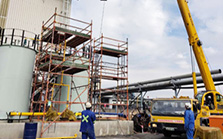


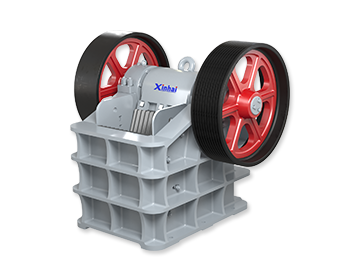
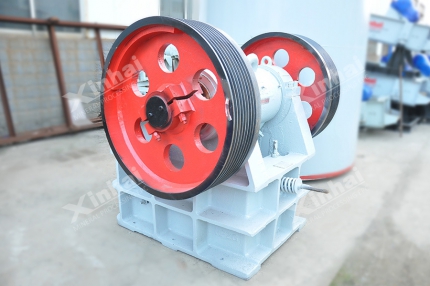

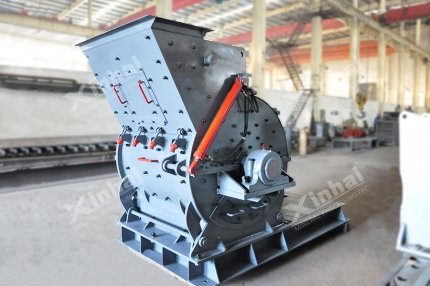
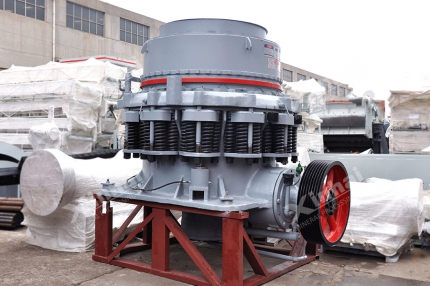
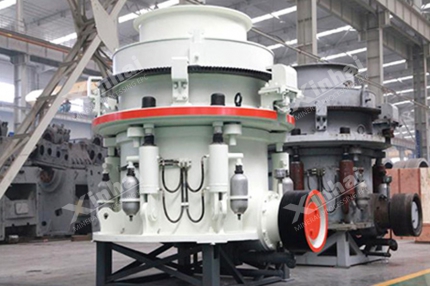
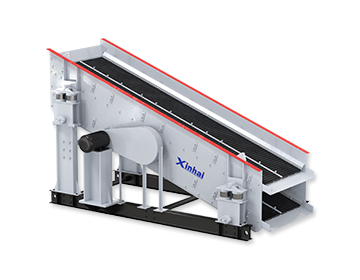

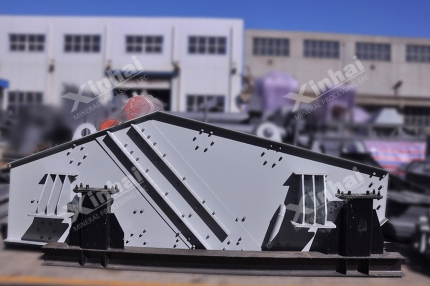
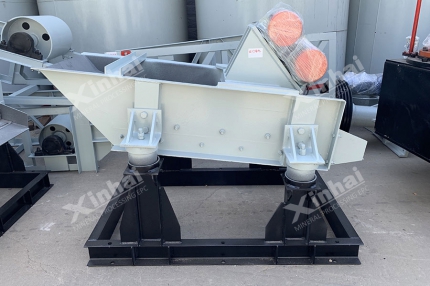
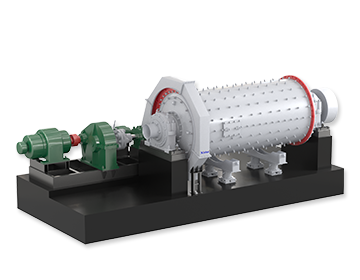
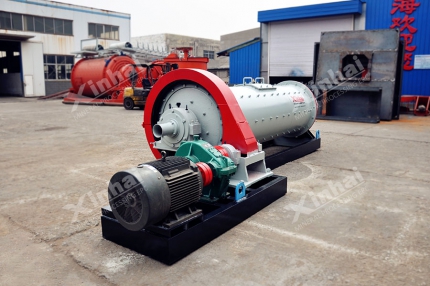
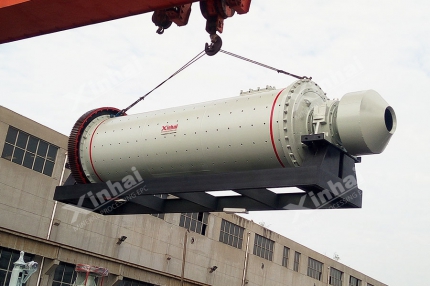
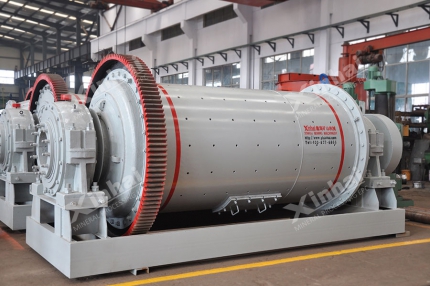
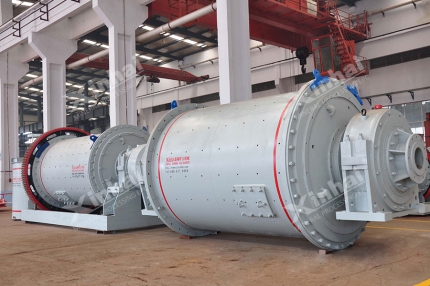
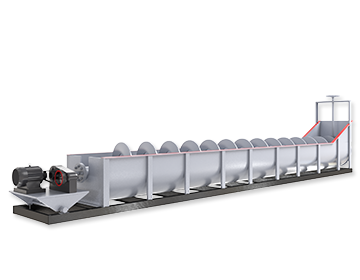
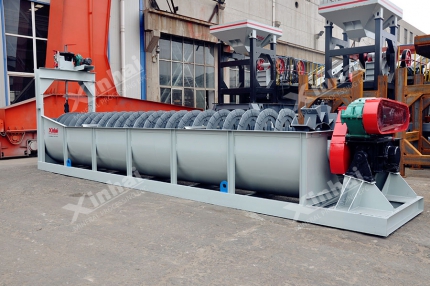
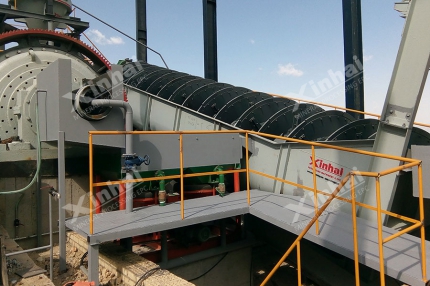
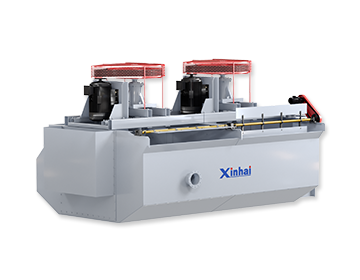
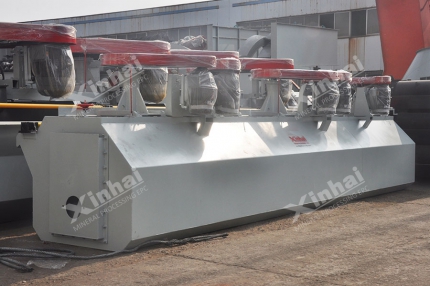
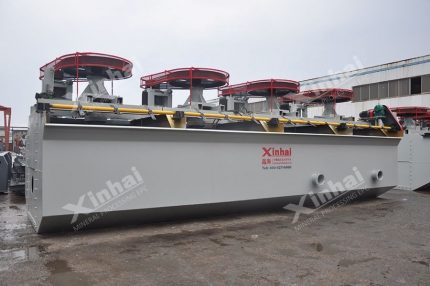
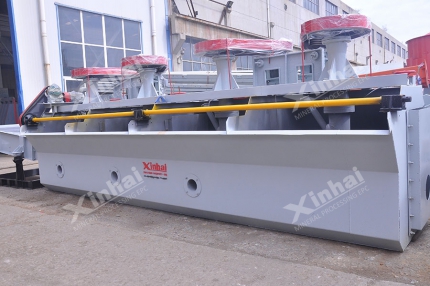
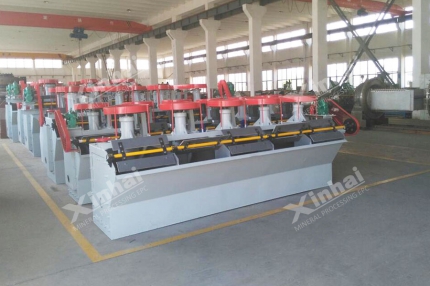
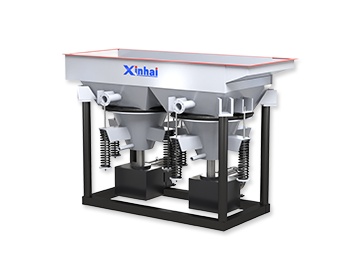
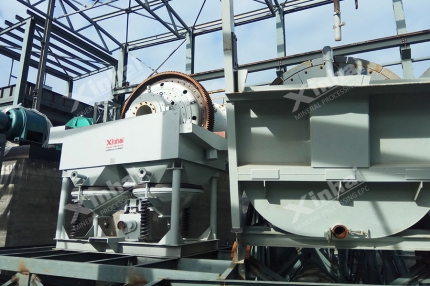
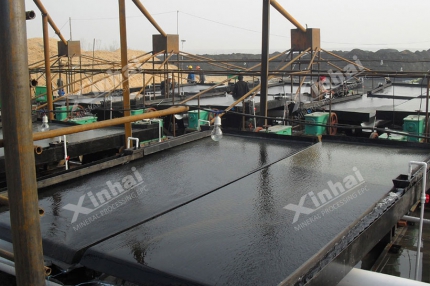
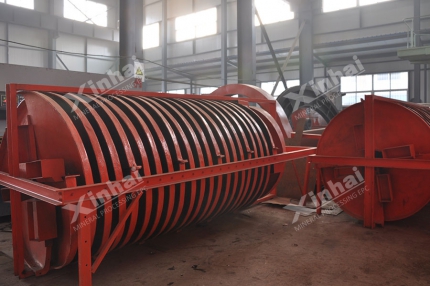

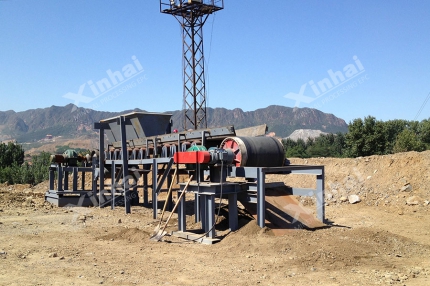
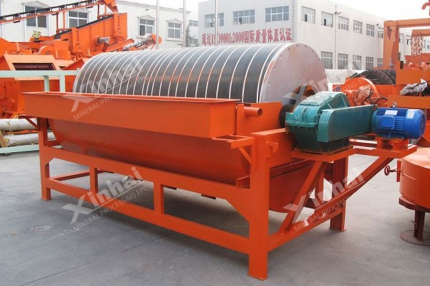
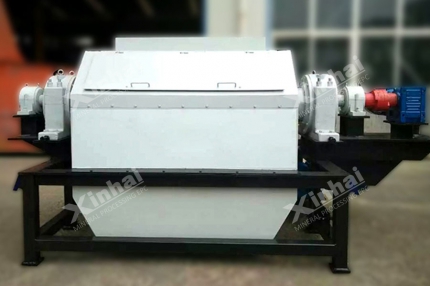
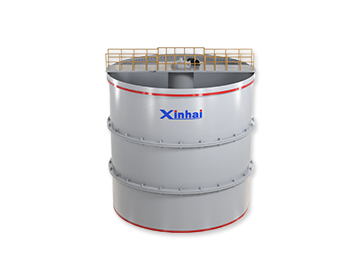
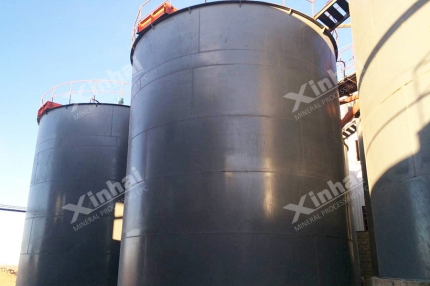
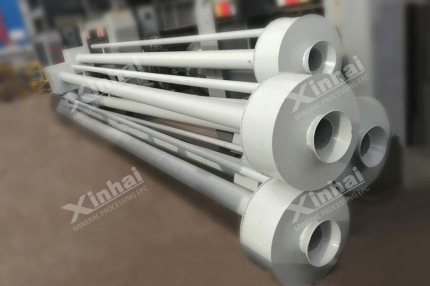
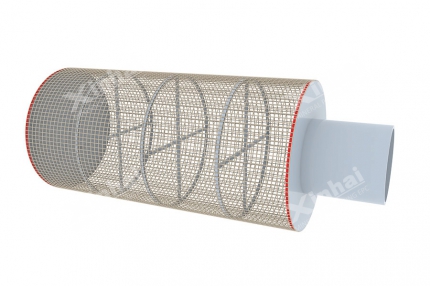
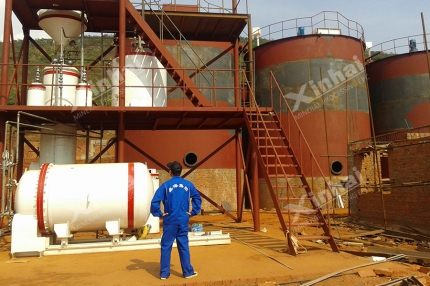
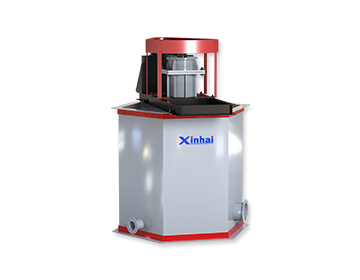
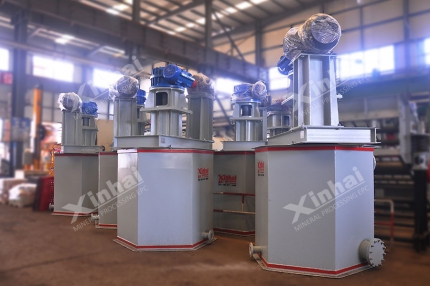
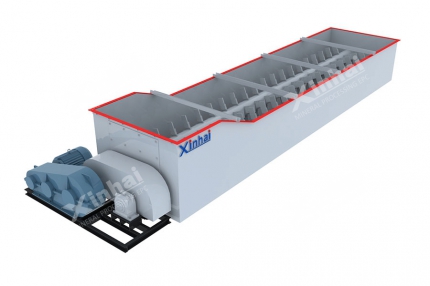
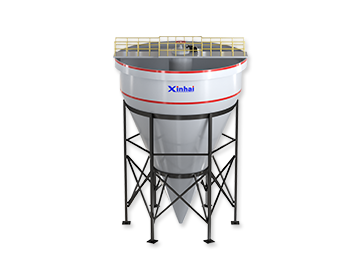
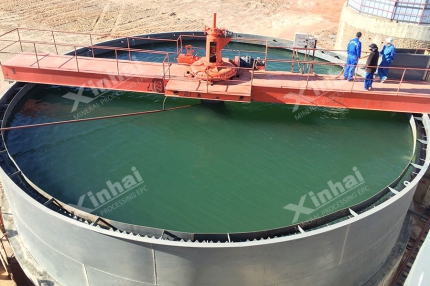
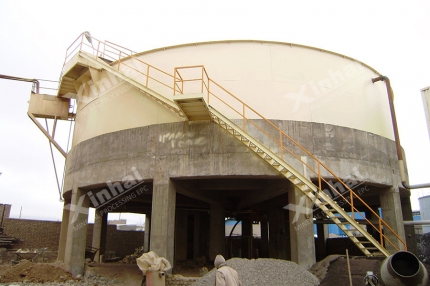
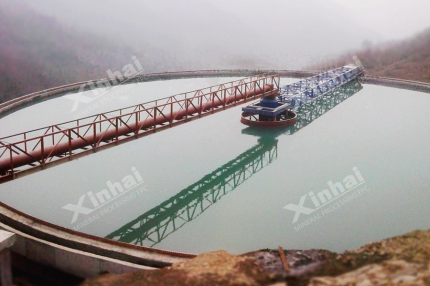

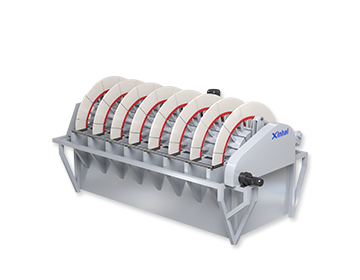
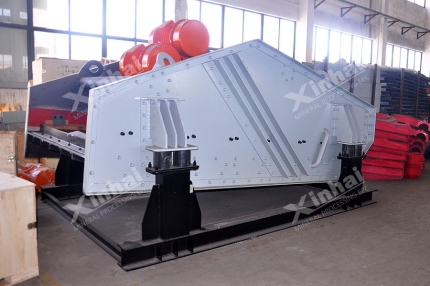
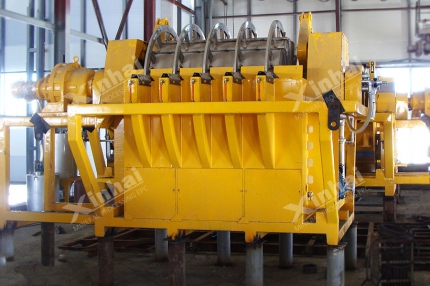
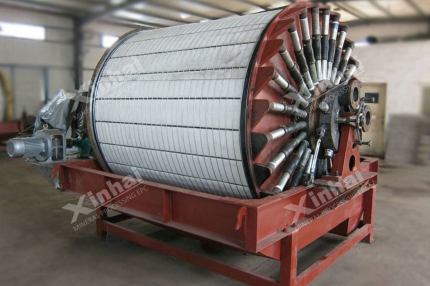
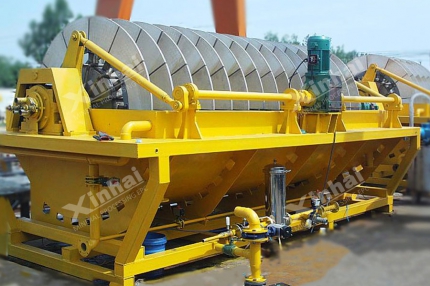
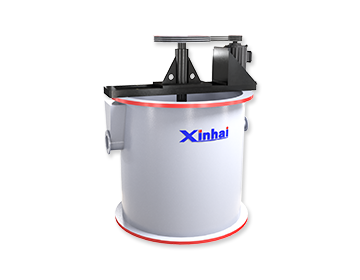
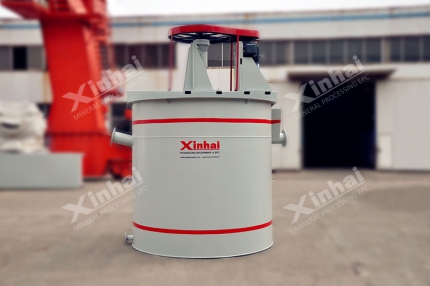
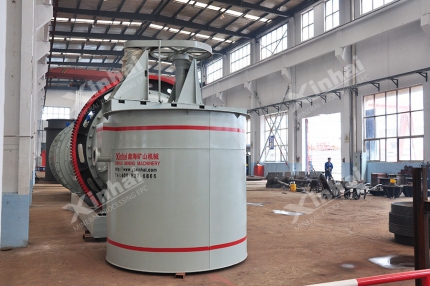
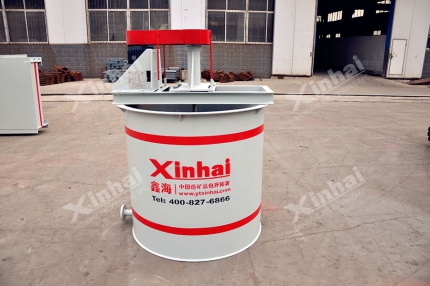
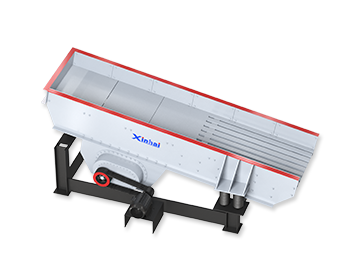
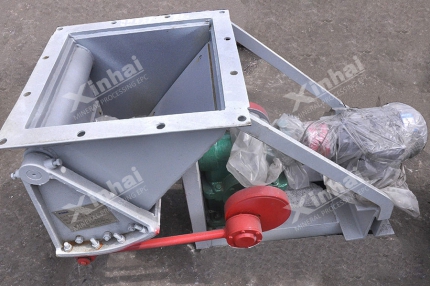
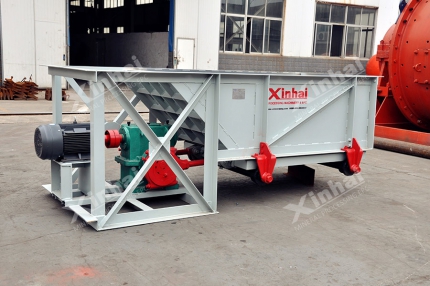
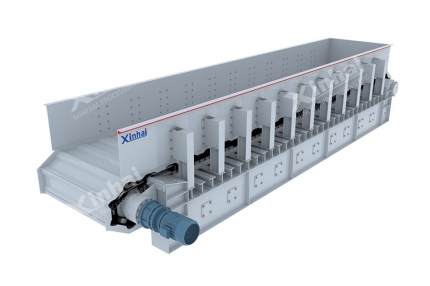
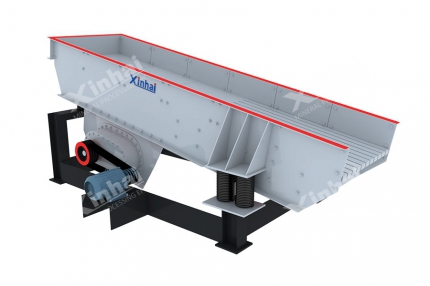

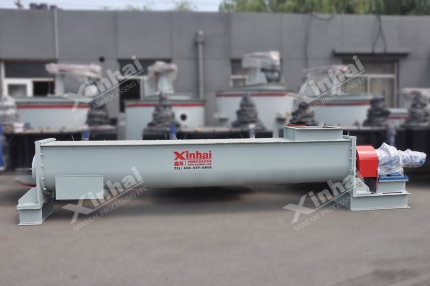
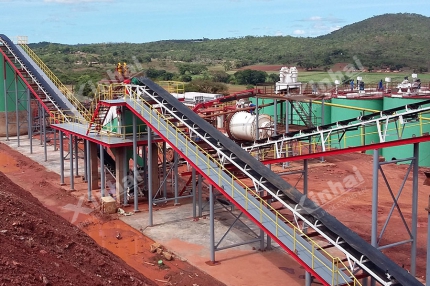
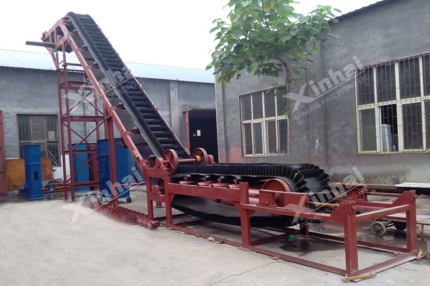
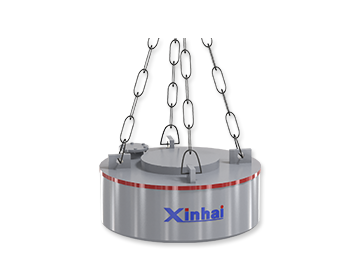
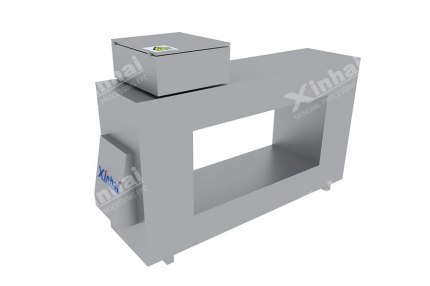
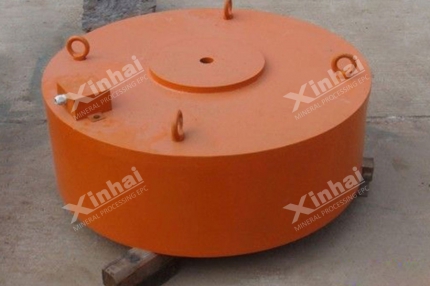
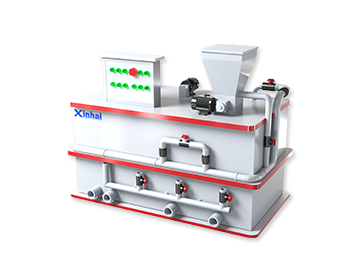
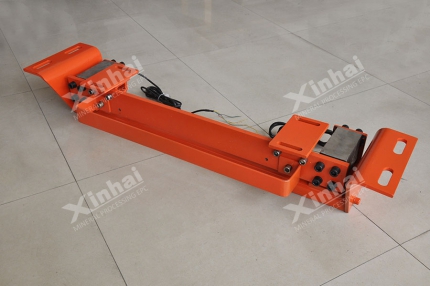
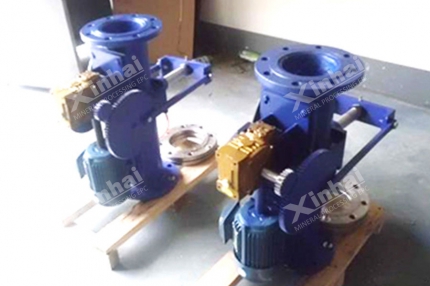
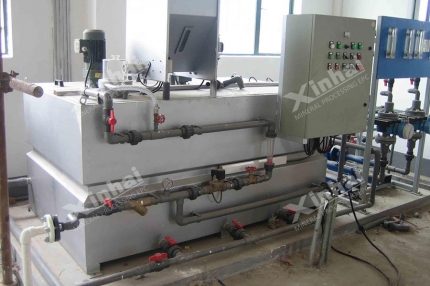
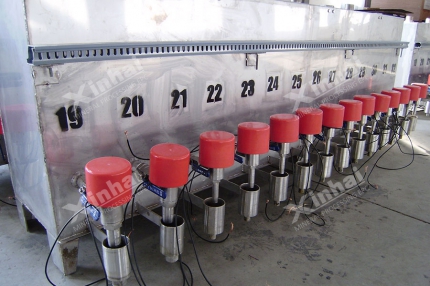
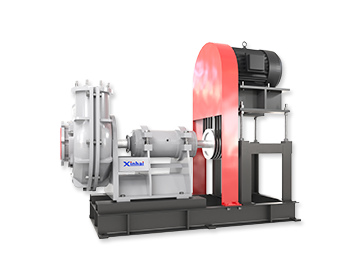
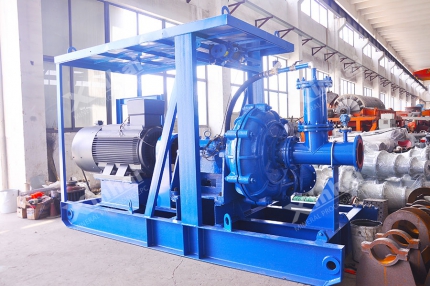
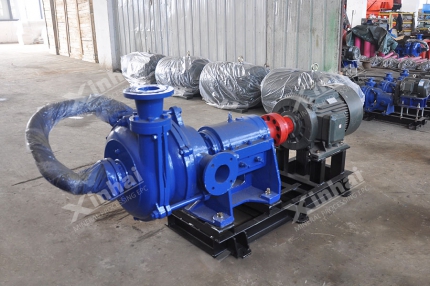
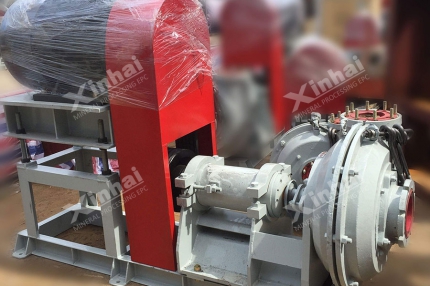
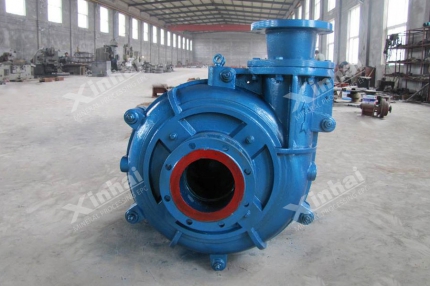
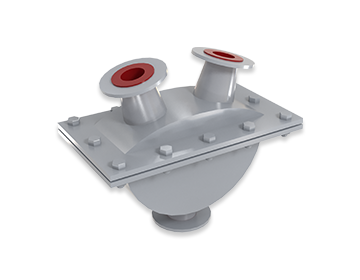
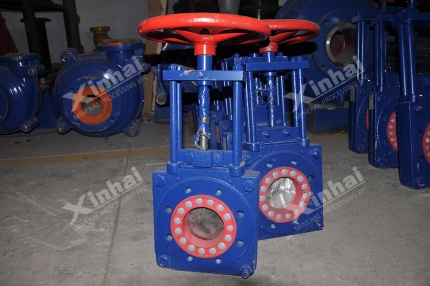
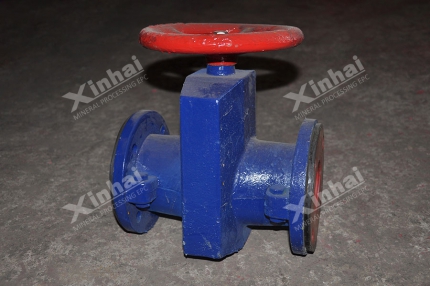
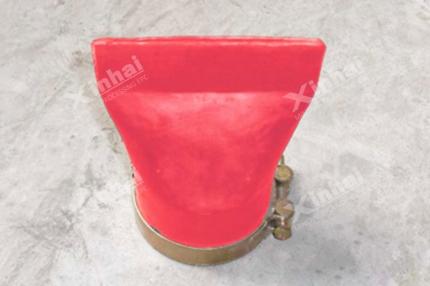
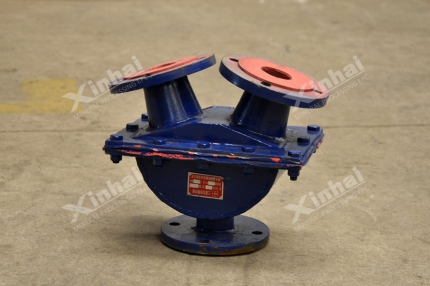

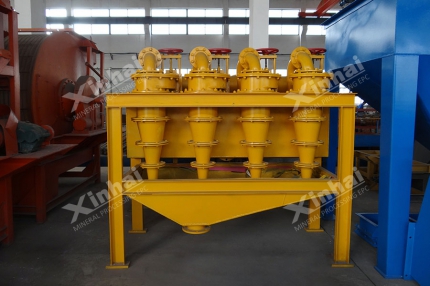
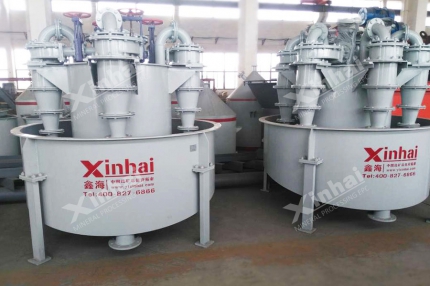
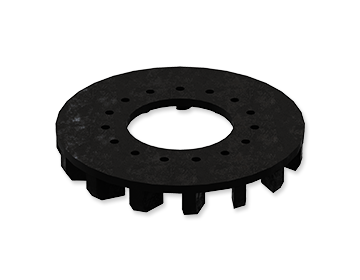
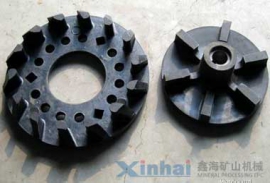
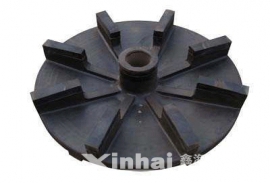
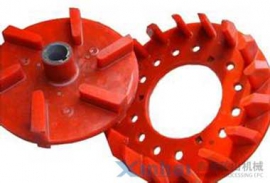
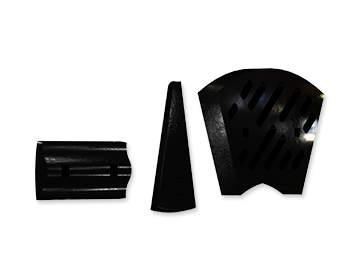
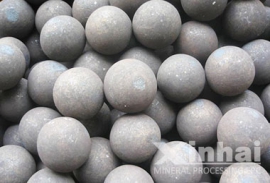
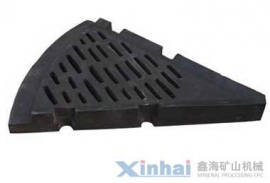
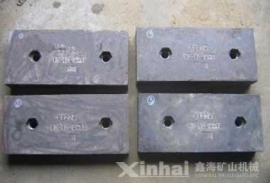
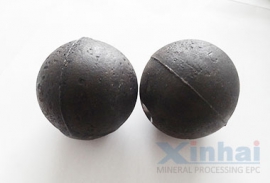






 CHAT
CHAT MESSAGE
MESSAGE




